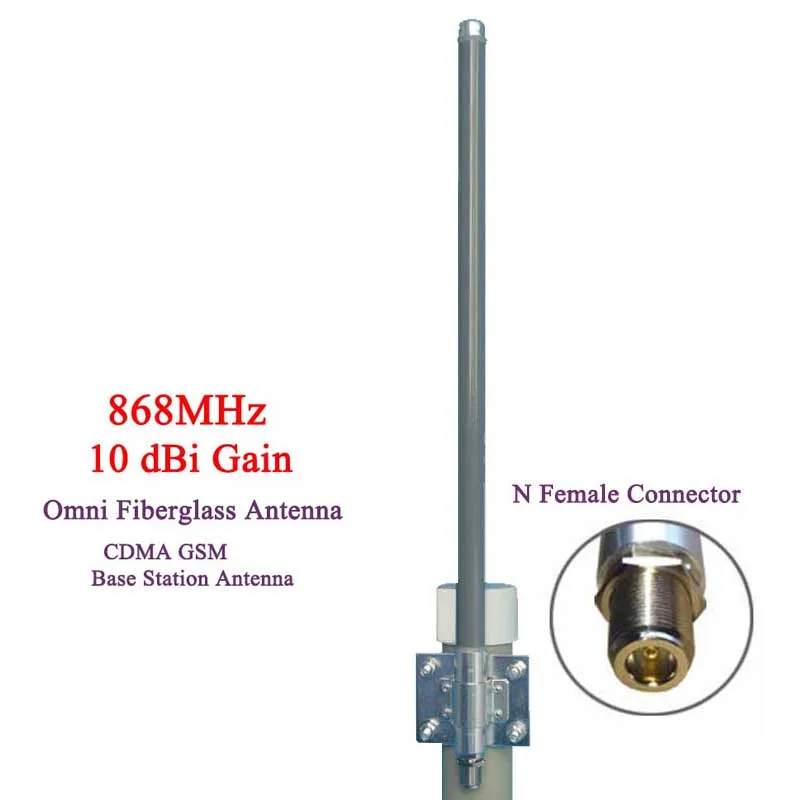Hello wonderful forum,
I am looking for an 800mhz scanner antenna (listening only)
The device I am using (if relevant) is the unication g5 && sdr dongel
The antenna should be external and give me a circumferential range I want to hear sites at as great distances as possible
I'm outside the US
The length of the cable from the antenna to the device is 15 meters
1. I would love to get a recommendation from someone's experience
2. I saw a recommendation for 3 antennas
A. 800 MHz UHF Vertical Outdoor Base Antenna (851-869 MHz)
B. 800 MHz Double 5/8 Mobile Antenna
C. RadioShack 800 MHz BNC Scanner Antenna
3. Is there a significant difference between A and B? And what about using C outdoors will give similar results?
4. Regarding the cable if there will be RG58 is it significant regarding attenuation?
5. I will probably need a BNC TO SMA connector if I buy from ebay is it quality enough or is there something else recommended?
Thanks in advance
I am looking for an 800mhz scanner antenna (listening only)
The device I am using (if relevant) is the unication g5 && sdr dongel
The antenna should be external and give me a circumferential range I want to hear sites at as great distances as possible
I'm outside the US
The length of the cable from the antenna to the device is 15 meters
1. I would love to get a recommendation from someone's experience
2. I saw a recommendation for 3 antennas
A. 800 MHz UHF Vertical Outdoor Base Antenna (851-869 MHz)
B. 800 MHz Double 5/8 Mobile Antenna
C. RadioShack 800 MHz BNC Scanner Antenna
3. Is there a significant difference between A and B? And what about using C outdoors will give similar results?
4. Regarding the cable if there will be RG58 is it significant regarding attenuation?
5. I will probably need a BNC TO SMA connector if I buy from ebay is it quality enough or is there something else recommended?
Thanks in advance



